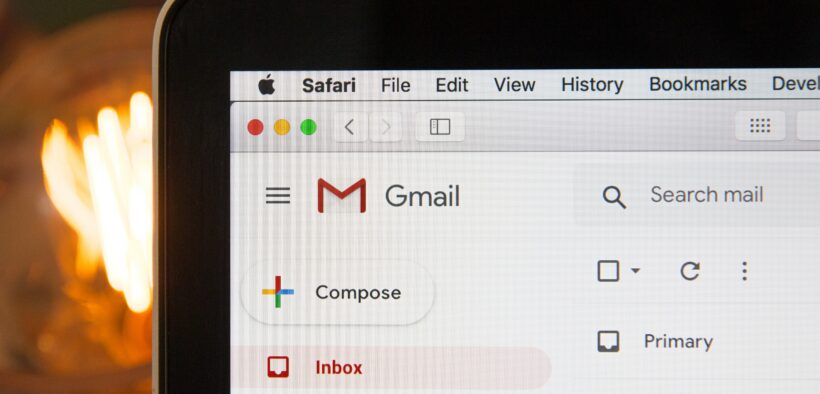Share

Apple’s Mail Privacy Protection (MPP) has transformed email marketing since September 2021. This transformation has presented a broad range of new challenges for email marketers – especially around list hygiene. Validity’s Guy Hanson explores.
At its simplest, MPP prevents tracking pixels from measuring open rates and device usage, and reduces location tracking accuracy. Reduced reliability of these metrics for Apple Mail users, makes it harder to gauge their engagement. This maps directly to list hygiene, because subscribers who are identified as disengaged can be auto-unsubscribed.
Marketers are switching to alternative metrics to measure audience engagement—like last website visit or last clicked date—and looking to the future for new email list hygiene practices. So, in a post-MPP world how should marketers maintain clean email lists?
Double opt in (DOI)
Clean email lists start when subscribers sign up. DOI involves sending confirmation emails to new subscribers, who must click an activation link to complete their registration. DOI therefore maximises address quality and increases subscriber engagement.
Some marketers worry using DOI will harm their list growth efforts. Research shows 80 percent of subscribers complete the second confirmation step. This means a one in five dropout rate. However, there is a strong case for ‘quality over quantity’–email programs using DOI typically see higher engagement rates, lower spam complaints, and lower unsubscribe rates. Plus, with privacy legislation on the rise—requiring unequivocal evidence of consent—DOI provides guaranteed proof.
Spam trap addresses pose a particular list hygiene risk. There are different types of spam traps—typos, recycled, and pristine–and MPP increases the risk particularly of recycled traps because they appear to be engaged when they aren’t. DOI won’t prevent all traps but it will eliminate most typo traps (caused by ‘finger fumbles’) and recycled traps will reduce simply because DOI generally delivers more engaged subscribers in the first place.
Zero-Party Data (ZPD)
With first-party data (inferred from customers’ online behaviour, and including open rates) becoming less reliable, marketers are switching to ZPD instead. This is personal information that customers share proactively, enabling marketers to craft content specifically tailored to their interests.
Requesting ZPD is a two-way value transaction. Research shows 83 percent of customers will share personal data in return for more personalised experiences. Marketers should therefore be transparent around why it’s collected. How will it be used? How will customers retain control over their data?
Don’t forget the preference centre
With measurement of subscriber engagement more difficult since MPP, senders are more reliant on subscribers telling them if they’re still interested in receiving content. This is where preference centres play an important role, allowing subscribers to indicate what they want to receive, and when. Well-designed preference centres facilitate more personalised emails that drive more positive engagement, and revenue.
While most email programs have preference centres, many fail to promote them. They are a secret weapon for driving greater engagement, and marketers should use every communication to encourage their subscribers to keep their preferences updated.
Make unsubscribing simple
While most marketers view unsubscribes negatively, this shouldn’t be the case–in terms of sender reputation, unsubscribes are preferable to spam complaints. Traditionally, marketers automatically opt-out email addresses that reach a given inactivity threshold, but MPP makes it harder to determine when that threshold is reached.
Counterintuitively, unsubscribe rates have decreased since MPP’s introduction. This could be because preloaded images mean subscribers must scroll further to find the unsubscribe button, usually located at the bottom of the email. Also, Apple inbox placement rates are only 69 percent, substantially below other major mailbox providers (MBPs). With one third of emails in Apple’s spam folders, opt-outs will reduce simply because these emails are never seen.
These factors mean promoting manual opt-outs becomes much more important. Marketers should make unsubscribe options more obvious, and simpler to use, as part of maintaining clean email lists. This should include adding an unsubscribe link at the top of every email.
Establish a re-engagement series
Twenty-two percent of email subscribers become inactive each year. Regular win back campaigns are crucial to re-engage them, and non-responders should be removed from your list. Six months of inactivity is a general rule of thumb, although this will vary depending on factors like frequency and seasonality. Senders should also think about how MBPs view inactivity–for Gmail it’s typically only ~30 days.
MPP provides a valuable deliverability insight, because emails marked as opened automatically indicate the addresses are valid, and have delivered to the inbox.
Revisit your recency algorithms
Because Apple Mail users now almost always generate pixel fires, measuring their true level of engagement is harder. Layering in alternative metrics helps senders rebuild their recency algorithms without depending on open rates.
Click through rates are now most senders’ primary engagement metric, but generate less data points compared to opens. Instead of using click data in isolation, senders should consider a hierarchy of engagement metrics. These could include last browse, last login, last purchase, and zero-party data elements. Combining these metrics offers greater direction for identifying active subscribers.
Remember Apple Mail users represent ~40 percent of email subscribers (this number is North America-biased, and is often lower in other countries). There are also signs of Apple’s market share declining as the economic crunch bites. Senders should continue to leverage accurate open data from their non-Apple Mail subscribers.
Reputation monitoring
Reputation metrics are central to list hygiene, and include spam trap hits, spam complaint rates, and bounce rates. While difficult to track manually, senders can use email intelligence platforms like Everest to monitor deliverability and reputation. Changes in these metrics may point to a review of your current email list hygiene practices.
Consequences of poor email list hygiene
Successful email marketing programs thrive on clean lists. Poor hygiene damages deliverability, reducing inbox placement and driving down ROI. Email list hygiene should be prioritised from the outset, and throughout every campaign.
Guy Hanson is the VP of Customer Engagement at Validity.















